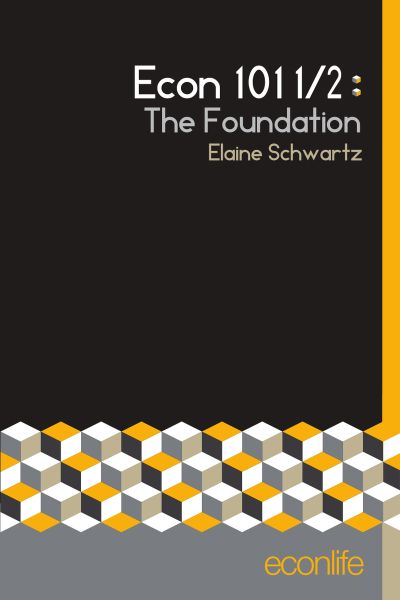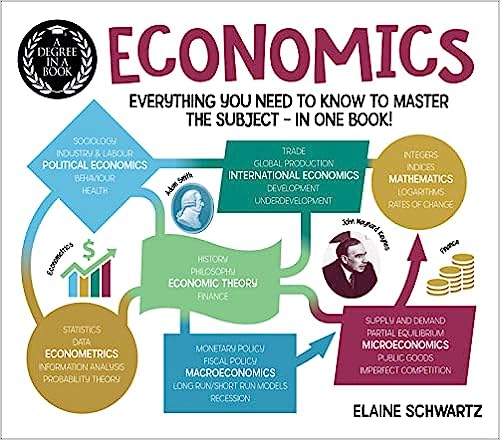Our everyday economics includes human capital, incentives, behavioral economics, cost and benefit, exports, tradeoffs, inequality, risk,markets, and income.
How the World’s Most-Consumed Liquor Changed the Corn Market
Because of supply and demand in the U.S. and the world, U.S. farmers are planting less corn and more soybeans and sorghum.
Following the March Madness Money
Whether looking at what fans spend and wager or the NCAA, the coaches, the teams, the media, and corporate promotions, March Madness is about big business.
Weekly Roundup: From Buying Mail Trucks to Selling Beanie Babies
Our Posts Roundup Sunday 3.08.15 What we don’t know about Daylight Saving…more Monday 3.09.15 Why Apple is like the old AT&T…more Tuesday 3.10.15 What we can learn from a mail truck…more Wednesday 3.11.15 How to find out the real jobs numbers…more Thursday 3.12.15…
Why We Can’t Avoid Bubbles
Whether it’s tulip bulbs or Beanie Babies, bubbles start with an innovation that excites people. Then a demand surge, an unrealistic boom and panic follow.
The Reason For Our Chocolate Problem
The chocolate deficit is a supply and demand story with weather and fungus problems on the supply side and demand up from developing nations.
Weekly Roundup: From Baseball Contracts to Super Bowl Ads
Our week’s everyday economics include inflation, supply and demand, income mobility, property rights, incentives, default, CDS, and monopoly pricing.
Two Words That Tell Us All We Need To Know About Oil
To grasp world oil markets, we can look at supply and demand for WTI in the U.S. and Brent for the world as price and quality benchmarks.
Weekly Roundup: From Drinking Behavior to Dating Decisions
This week’s everyday economics involved 6 economists and such ideas as product differentiation, behavioral economics, marginal utility, price and trade.
How Men Act When They Outnumber Women
How gender ratios in the U.S. and China affect men’s financial behavior can be explained with supply and demand and behavioral economics from Gary Becker.

















